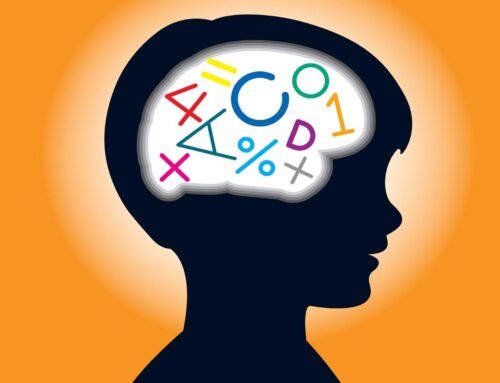In our last post, we discussed symptoms of Attention Deficit Hyperactivity Disorder, or ADHD, in middle childhood – the developmental period that spans ages six to 12. This week, we review various intervention methods devised to treat children with ADHD in the middle childhood years.
Parent training, teacher training, academic interventions, social skills training, and medication are among the commonly used methods of intervention. For parents whose children are diagnosed during middle childhood and who have no formal behaviorally-based parent training for increasing compliance and reducing behavior problems, formalized training programs such as Barkley’s parent training is recommended to help improve parents’ ability to manage their children and increase their knowledge of ADHD and behavioral management techniques.
Children with ADHD often require additional help in the classroom, such as extra instructional opportunities, so that they can keep up with the academic demands of school. Depending on the symptoms displayed by the child, there are a number of classroom interventions that can be implemented. For example, if your child has difficulty sustaining attention and effort, teachers can use briefer lessons, assign shorter assignments, and give children breaks during the lesson.
Referral to a psychiatrist is often made to help facilitate the behavioral component of ADHD treatment. While this component of treatment has received some debate over the years, research studies have consistently demonstrated that combined medication and behavioral treatment are more effective in improving ADHD symptoms when compared to medication alone and behavioral treatment alone.
It is important for parents to know they are not alone. Help is out there for you and your child. Contact us to schedule a comprehensive evaluation for your child, or to learn more about the services offered at Georgetown Psychology Associates.



